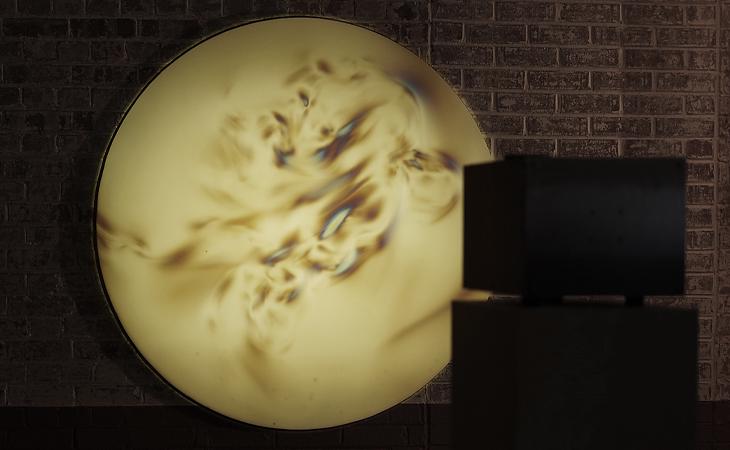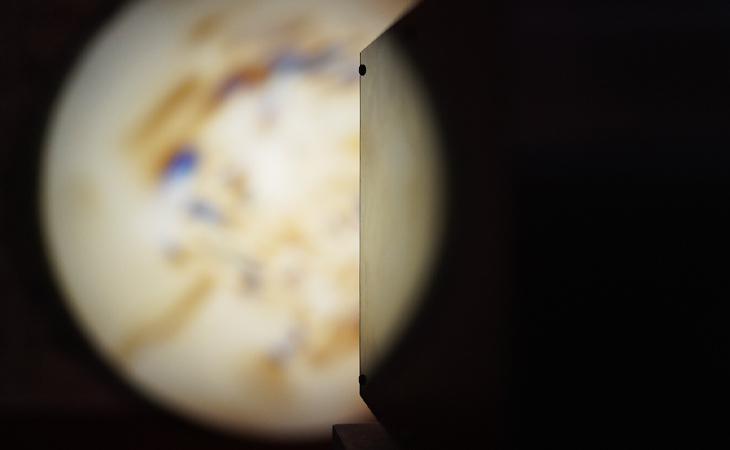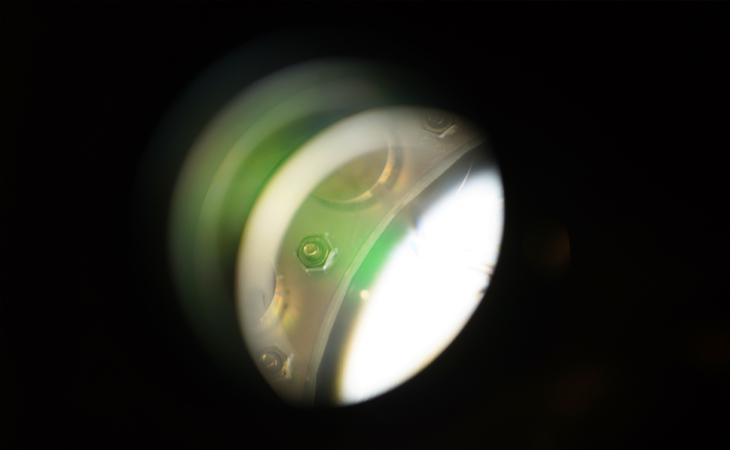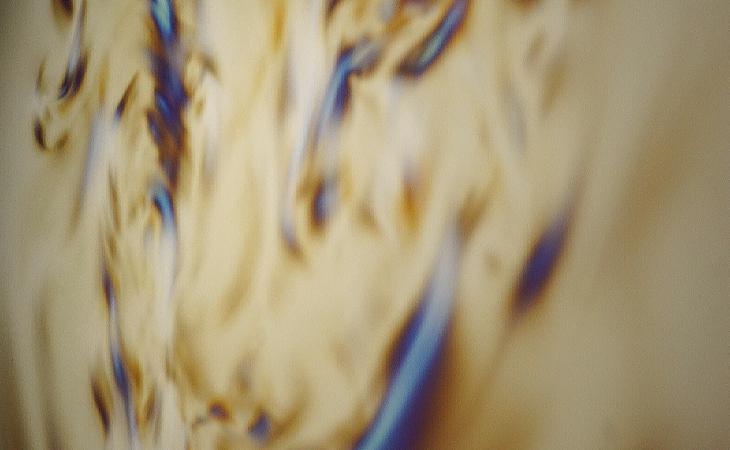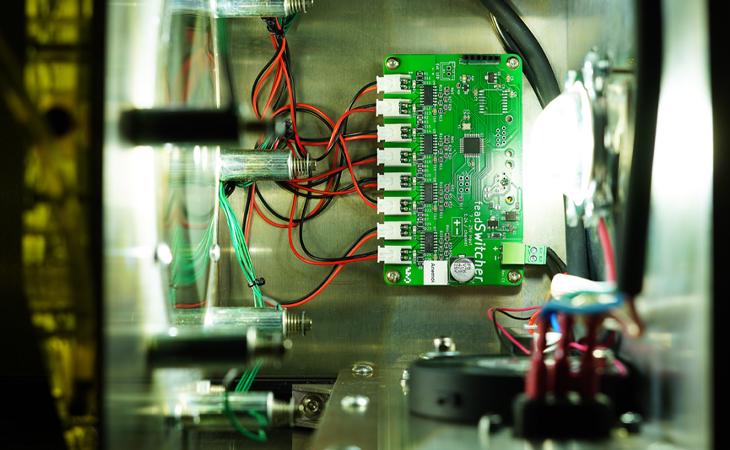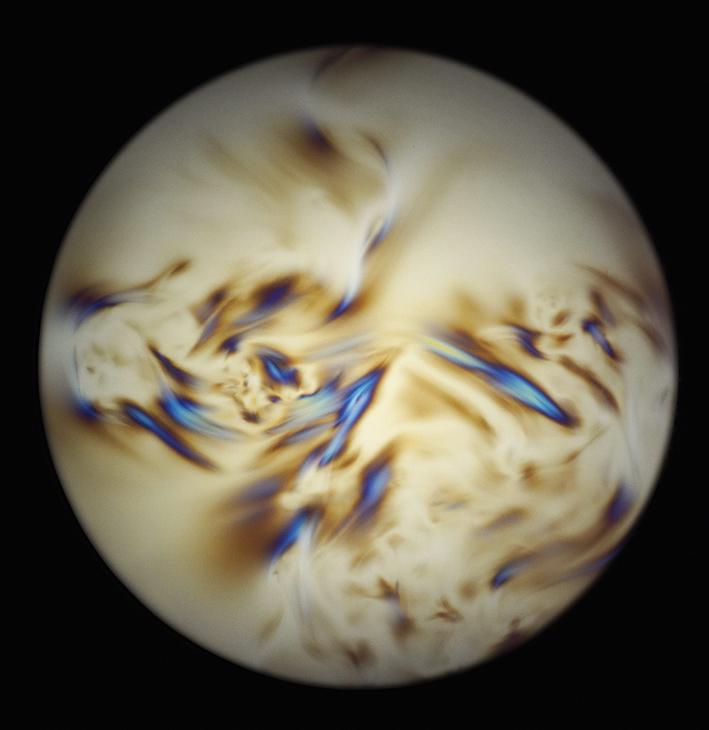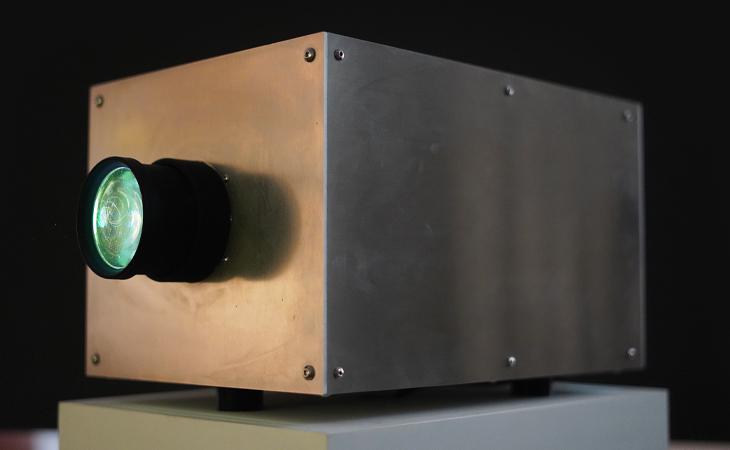Anemoi
When the mysteries of the cosmos are explored, the parameters of our understanding eventually weaken as knowledge drops away, leaving only curiosity and speculation. Early cultures, not able to traverse and understand the universe like their modern counterparts, constructed myths around what they saw in the sky. The gods and spirits whose names have prevailed throughout history were suspended in the stars and. Celestial events became the fabric of stories - there was no eclipse, it was Empusa swallowing the moon. With no technology, and no way to gather and analyse significant data, their mode of understanding the magnificence of the cosmos was to distil their epic characteristics into rich human narratives.
Our more recent ancestors brought the visionary minds who led early astronomy, finding ways to track cyclical movements and measure remarkable distances. Applying geometry and physics to the unknown, the notion of a framework underpinning the points of light in the sky brought the galaxy closer to our realms of knowledge. The advent of telescopic technology ushers in the modern age, filling the gulf of understanding that only clear sight can provide. Now these mysterious forms, so far away, can be seen in relative detail - the topography of asteroids and ghosts of nebulae.
As we move through the timeline these advances shift the emphasis from symbolism and fantastical wonderment into practical curiosity. The folkloric nature of our quest to understand, and the concept of mythmaking in general, have largely been swept away in a tide of human invention that becomes ever more sophisticated. Now we are in the realms of minutely quantifiable data driven science, with the means to apply the use of advanced new technologies - such as radio telescopes and quantum computing - to the timeless and profound questions of our existence. Whilst these ruminations appear to be fixtures of the human condition, the more we are able to see, the less we tend to imagine.
Methods to relate the phenomenal to scenarios our brains can more comfortably process follow paths through science and art. Where these can interlock, where intellect is bridged with fantasy, is where the coldness of procedure can be enlivened by the ancient power of myth.
Anemoi is an installation work that encapsulates the means to simulate complex movements in planetary atmospheres, projecting inertial interactions between light and liquid onto a facing surface. The projected image hangs away from the custom made device it is beamed from, forming a gulf between it and its point of origin. The apparition on the wall can be seen as its own entity, a single point of intrigue in a surrounding void, but the image and the source are crucial to the work.
The most traditionally artistic aspect of Anemoi is the image on the same wall where a painting would hang, but this is the only part of the piece that doesn’t have a physical presence that is tangible to humans. Parallels can easily be drawn between this and the role of a telescope - the machine we build, and the planet - the object it sees and brings closer to us, but which we cannot touch or have any intimate experience of.
The comparison with telescopic technology forms an entry point into the inner workings of Anemoi, which shares some components and convergences of matter, but in reformatted and abstracted ways. Light is beamed from its source through a Fresnel lens, commonly used in lighthouses for its ability to refract photons into a distinct beam. The refracted light then passes through a clear perspex chamber that has polarising filters across the near and far sides. The rotational orientation of the filters - both creating vertical polarisation of light - enable stronger shadows to be cast by anything blocking photons, defining and deepening their contrast against the projection surface.
The fluid inside the chamber is rheoscopic, meaning it contains nanoparticles that cause internal currents in its flow to be visible to the unaided human eye. In this case the particles are mica - a group of silicate minerals possessing a pearlescent sheen that when amassed in the fluid produces a metallic, glassy effect within its motion. The role of the rheoscopic fluid in this piece can’t be understated - it’s what activates the dynamic relationships that create an image within light; it divides what is seen into the positive and negative that is required for even the most basic of visual forms.
Crucially, the depth of the fluid is set at a sweet spot that enables the optimum balance between light and shadow. Any more would cause the light to be clouded and dimmed too much; any less would reduce the potential for nanoparticles to concentrate into sufficient density. This balance is what directly influences the definition and contrast of the projection. Around the perimeter of the fluid chamber are eight evenly spaced fluid actuators. When triggered, these cause turbulence in the liquid, and as the light passes out of the chamber and through the second polarising filter, it carries a continually evolving record of these movements onto the receiving wall.
Where a telescope picks up the emissions of distant objects, gathering the raw information which is then rationalised into data and imagery, Anemoi reverses the direction of travel and is itself responsible for emitting the energy required to create the object of fascination. Though there is a shared technological pivot, the role of detector is here replaced with creator, and somehow the estranged experience of the result is the same.
Translating quite directly into painterly terms, the visually enhanced disturbances in the fluid are the medium, and the destination wall for the projection is the surface, two inversely designated materials interplaying to create art; paint and canvas. The major difference is in this case the mark making has an ephemeral transience; the painter’s strokes emerge into, and depart from existence in hypnotic accord. Additionally, the interaction happens separately from the image that is viewed on the wall; the elements are mixed up in an alchemical transference of processes.
When projected, the animations in the currents within Anemoi’s fluid chamber share a striking resemblance to planetary weather systems, as swirling articulated forms of perceptible depth constantly shift around each other in a tumultuous dance.
As one flowing pressure centre collides with another, the vivid yellowish hue splits off into various colour spectra rarely seen outside of computer graphics and specialist image processing. Here the unearthly, yet deeply enchanting aesthetic experience is directly communicated, through simple, analogue construction. Despite this directness, there is a supernatural quality to what is seen that connects to its intangible otherworldliness. The eye takes the mind to a place of extremes, where lethal concentrations of gases and improbable forces of wind and gravity characterise alien atmospheres.
Anemoi works on a pivot of precision and automated chaos, an amassing of forces that oppose and align to create a deceptively complex spectacle. The endless and organically irreplicable motion of the liquid hides its internal complexity in the same way that ocean waves obscure the secrets of underlying water currents. Expanded to cosmic scale, Jupiter’s surface is a slow moving, mesmerising torrent of atmospheric activity, but the influencing currents below the upper atmosphere are overwhelming in scale, violence and their relational dynamics.
These are created by two primary components: its gaseous composition, the surface of which is the interlocking white, brown and yellow cloud belts typically associated with the planet; and a set of influential forces involving clashing areas of pressure and strong, oppositional winds. The movements of Jupiter’s surface form a primary point of inspiration for their behavioural characteristics, linking through mythology to the cosmic narratives of ancient cultures.
Anemoi is the name of a group of gods, each representing a wind relating to the cardinal points: Boreas (north), Zephyros (west), Notos (south) and Euros (east). Aesthetically and symbolically, the projected image combines the influence of forces that act upon matter, echoing the effect of the gods acting as one, and the consequence of atmospheric activity we see across the surface of Jupiter. Practically, the equal spacing of the eight actuators around the circular fluid chamber relate directly to the cardinal, and ordinal directions.
Just as the mythmaking ancients created stories from the unknown, the creative and inquisitive contemporary human mind has found ways to create art out of science - swapping the traditions of the artistic process with an exploration of energetic states, materials and processes, we have become able to understand one through the lens of another. In the case of Anemoi this can be read both literally and figuratively. As a physical piece it pulls from the worlds of engineering and utilitarian design; as a scientific artefact it explores the alchemical minutiae of the particle world; as a functioning conceptual piece it creates bridges between these to allow the inconceivable to emerge. The combination of all of these, with the human impulse we call intent, and the mythological history of our civilisation, lies at the root of its artistry.
